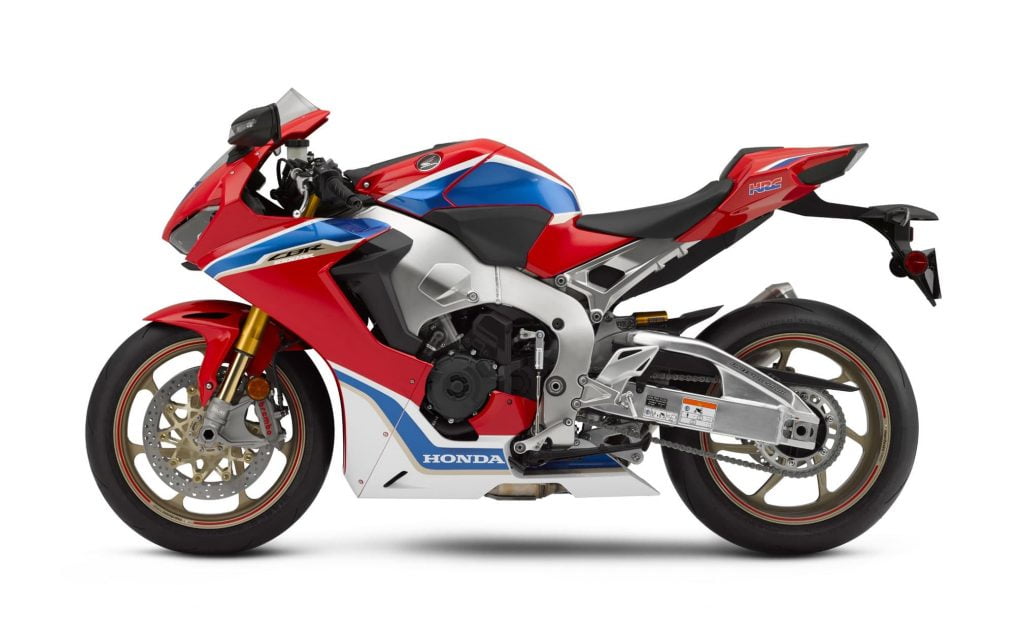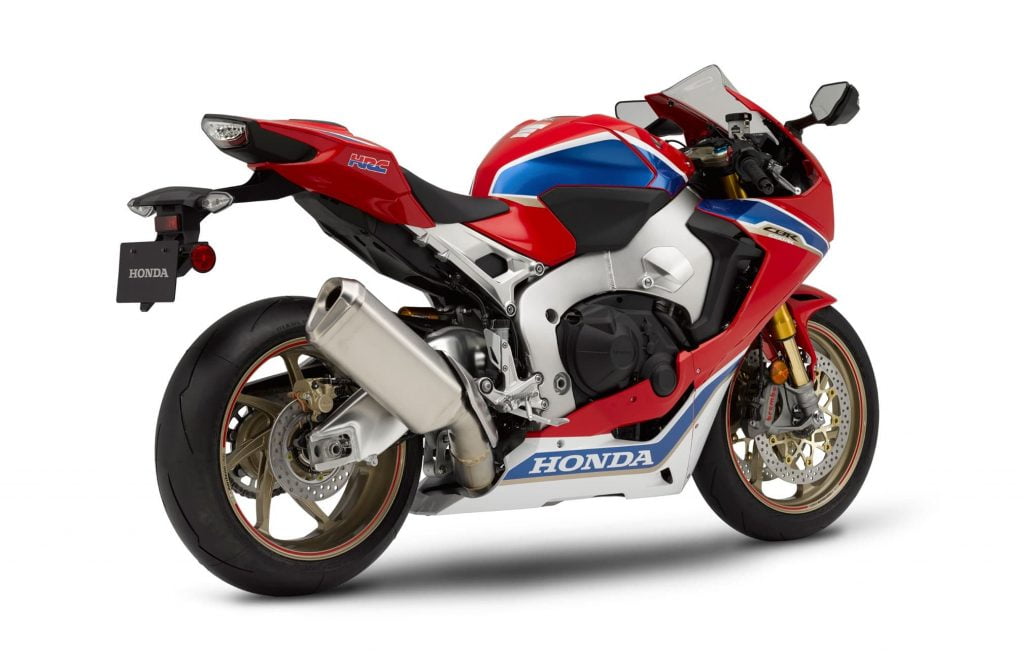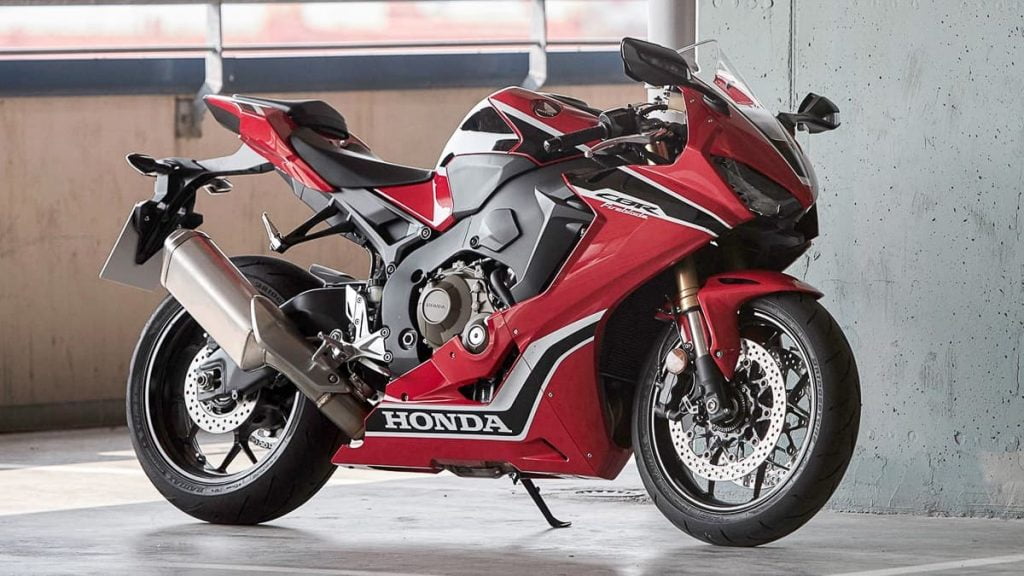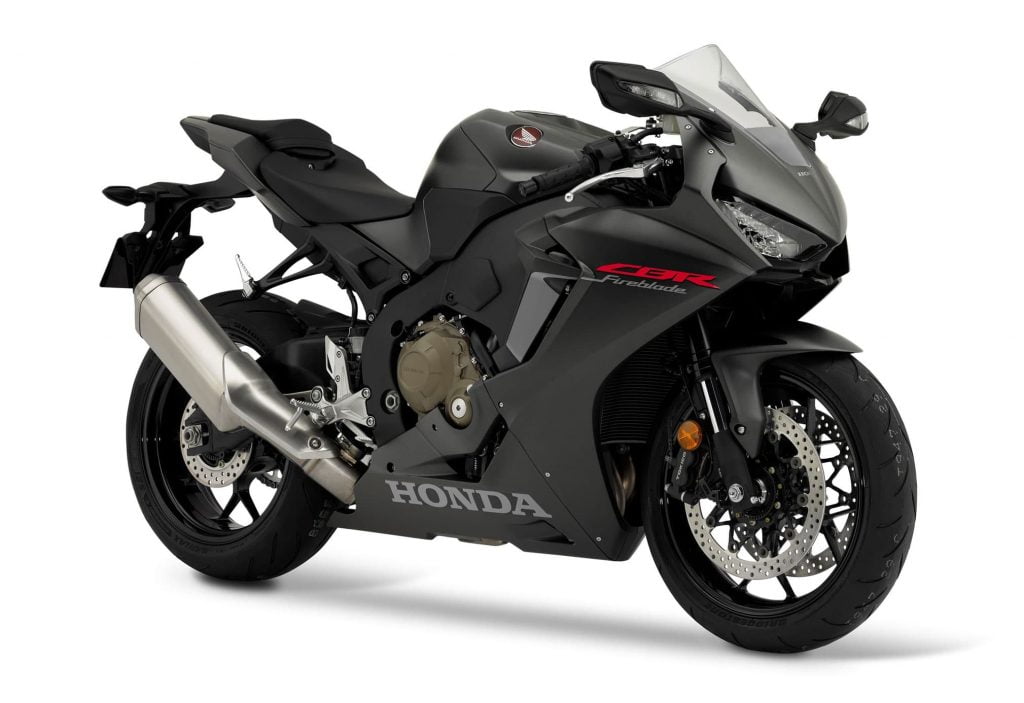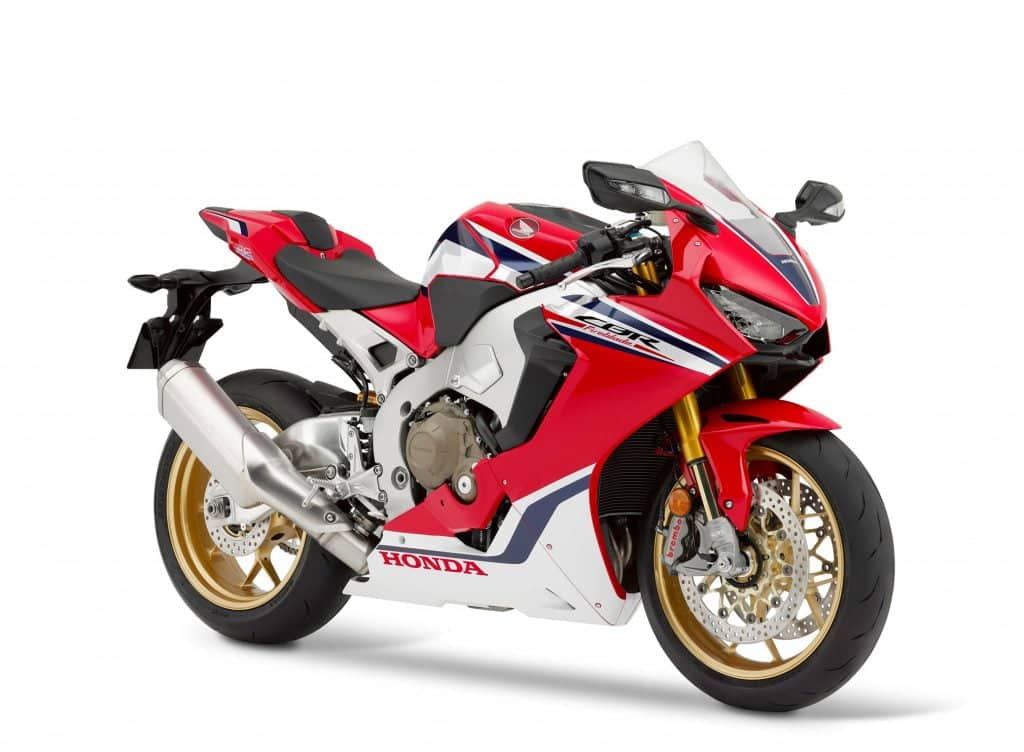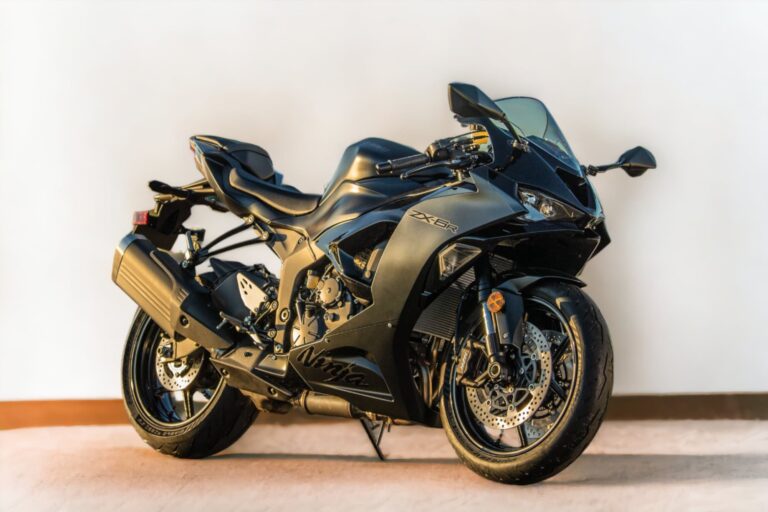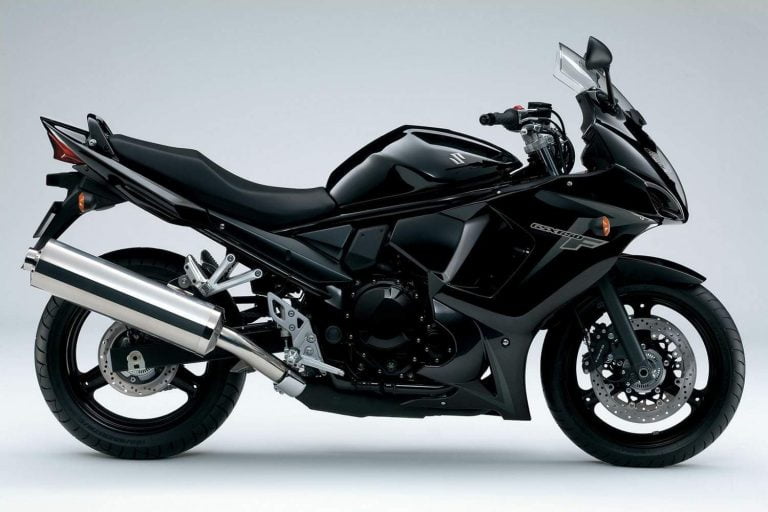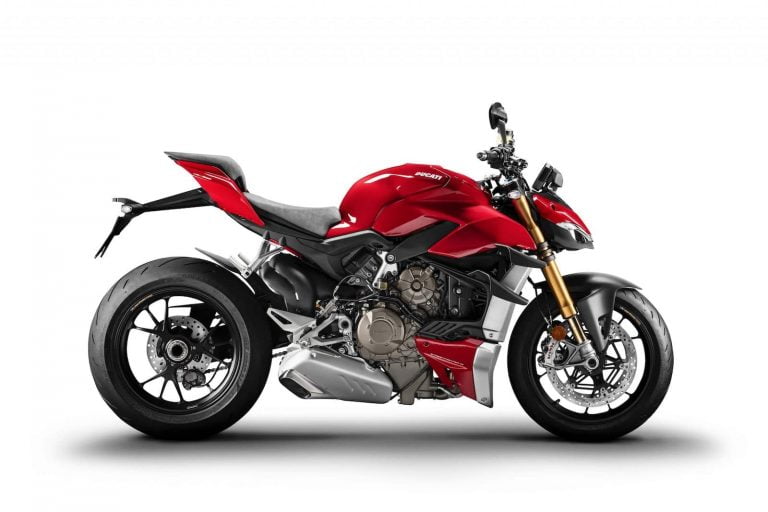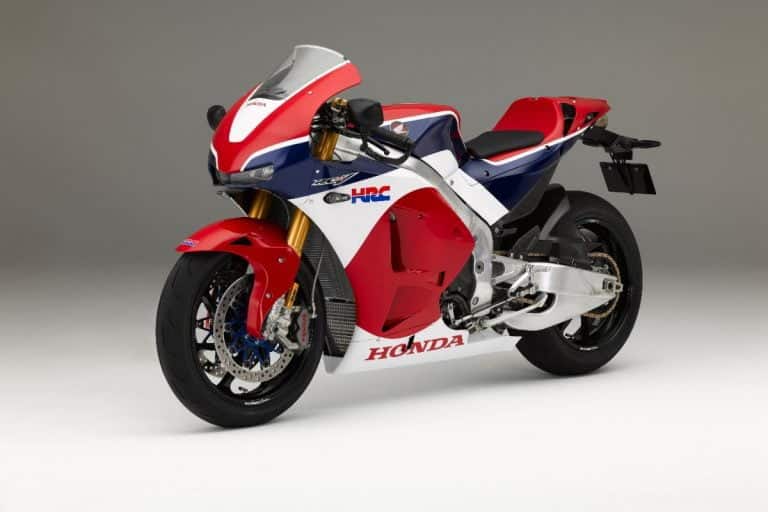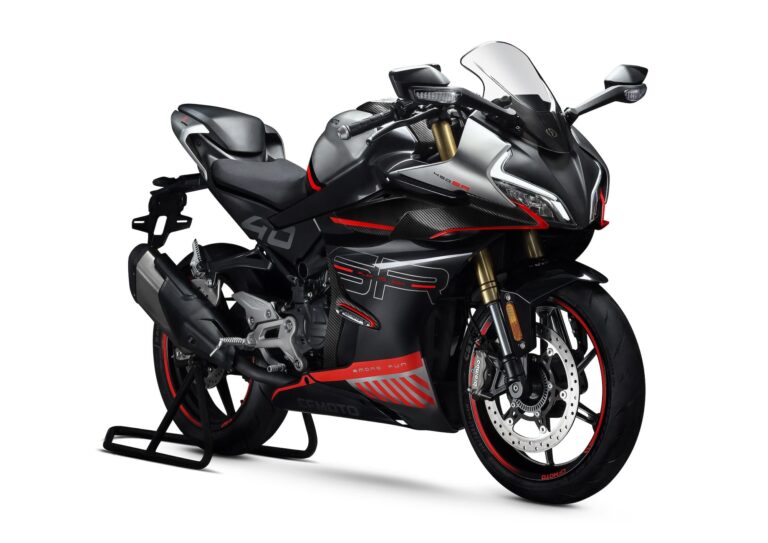Honda CBR1000RR FireBlade (2017-2019) Maintenance Schedule and Service Intervals
This is the maintenance schedule and associated service intervals for the Honda CBR1000RR made between 2017 and 2020.
The CBR1000RR, marketed in some countries as the “Fireblade”, is a 998 cc liquid-cooled inline four-cylinder superbike, introduced by Honda in 2004 as the 7th generation of the CBR series of motorcycles that began with the CBR900RR in 1992.
Here are all our maintenance schedules for the CBR1000RR Fireblades:
- 2004-2005 CBR1000RR: the original that took over from the CBR954RR FireBlade. First with a 998.4cc engine.
- 2006-2007 CBR1000RR: Revised intake, cam, and valves for higher redline and more power. Higher compression 12.2:1 ratio. Bigger 320mm front discs. 42 tooth rear sprocket.
- 2008-2016 CBR1000RR: New 999.8 cc engine with slightly shorter stroke. Higher 12.3:1 compression ratio, lighter engine internals leading to higher 13000 rpm redline, revised steering damper, slipper clutch. Full LCD dash from 2012.
- 2014-2016 CBR1000RR SP: Same as 2012 revision (with LCD), but Ohlins front and rear suspension and Brembo monoblock calipers.
- 2017-2019 CBR1000RR: Slightly shorter stroke engine, 5-axis IMU, TFT display.
- 2017-2019 CBR1000RR SP: Same but with semi-active suspension.
- 2020 CBR1000RR-R: Much shorter stroke, higher-revving 999.7 cc engine.
- 2020 CBR1000RR-R SP: Same but with 2nd gen semi-active Ohlins front and rear Smart EC suspension and Brembo Stylema calipers.
The Honda CBR1000RR Fireblade has gone through many phases of evolution since its first launch. This latest generation launched in 2017 with these changes over the previous CBR1000RR major update in 2008:
- Throttle by wire and traction control, with selectable ride modes
- Standard ABS (this was an option since 2009)
- A retuned engine making 141 kW (189 hp)
- A 14kg (33 lb) weight reduction
- On the SP model: Öhlins electronic suspension, Brembo monobloc four-piston calipers, and a Titanium fuel tank
In 2019 there was a minor update to the electronics, separating traction control from wheelie control, as well as tweaking the ABS.
In 2020 the CBR1000RR was replaced by the higher spec CBR1000RR-R.
This site has links for things like oil and spark plugs from which we earn a commission (which unfortunately nobody can save, not even us). If you appreciate this work, then please use those links. Thanks!
What you need to service your 2017-2019 CBR1000RR
To service your CBR1000RR, aside from general motorcycle maintenance tools, you will need slightly different parts depending on what generation of bike you have.
For the 2017-2019 models, here’s what you need.
| Part | 2017-2019 Honda CBR1000RR spec |
|---|---|
| Oil | This is consistent between Fireblades. Honda recommends Pro Honda GN4 4-stroke oil, or another oil that is SAE 10W-30, JASO T 903 standard MA or better. Motul 300v is a popular choice for sportbikes. Engine oil drain bolt torque is 30 Nm (22 lb-ft) |
| Oil filter | A high-quality drop-in replacement for all Fireblades is the HF204RC, which you can use a wrench to torque down (26 Nm/19 lb-ft) |
| Spark plug | Same for all Fireblades — NGK IMR9E-9HES or the Denso VUH27ES. |
| Air filter (varies) | For the 2017-2019 CBR1000RR use K&N HA-1017 for a good replacement. |
| Front brake pads (varies) | Many Fireblade riders switch to EBC or Galfer double hardened brake pads. For the 2017-2019 models, use these codes: * Regular CBR1000RR EBC: FA700HH * CBR1000RR SP EBC: FA447HH * Regular CBR1000RR EBC: FD519G1375 * CBR1000RR SP Galfer Race: FD373G1303 |
| Rear brake pads (varies) | These are the same for all CBR1000RR Fireblades since 2006 (2004-2005 are different). * EBC: FA436HH * Galfer: FD363G1371 |
| Brake fluid | Most brands are OK but Honda recommends Honda DOT 4 brake fluid. |
| Grease | Use a Valvoline lithium soap-based grease for external pivot points. |
| Chain care | Use either Motul chain paste or a full Motul chain care kit for regular chain maintenance. |
2017-2019 Honda CBR1000RR Maintenance Schedule
Below is the maintenance schedule for the 2017-2019 Honda CBR1000RR.
Honda gives recommended difficulty levels of various maintenance items in the manual (but really, most of the stuff in the “intermediate” level is achievable by a competent home mechanic). Basically they suggest taking wheels and tires for inspection to a mechanic with the correct equipment.
Maintenance Procedures:
- I: inspect and clean, adjust, lubricate, or replace, if necessary
- L: lubricate
- R: replace
Notes:
- At higher odometer readings, repeat at the frequency interval established here
- The break-in schedule is not shown as these bikes are no longer sold new.
| mi x 1000 | 4 | 8 | 12 | 16 | 20 | 24 | |
|---|---|---|---|---|---|---|---|
| km x 1000 | 6.4 | 12.8 | 19.2 | 25.6 | 32 | 38.4 | Every |
| Engine Oil | R | R | R | Year | |||
| Engine Oil Filter | R | ||||||
| Air Cleaner | I | I | More often if riding in rain or dusty conditions. | ||||
| Spark Plugs | I | R: 32000 mi / 51200 km | |||||
| Valve Clearances | I | ||||||
| Fuel Line | I | I | I | ||||
| Throttle Operation | I | I | I | ||||
| Engine Idle Speed | I | I | I | ||||
| Radiator Coolant | I | I | I | 3 Years | |||
| Cooling System | I | I | I | ||||
| Secondary Air Supply System | I | ||||||
| Evaporative Emission Control System (if fitted) | I | ||||||
| Exhaust Gas Control Valve Cable | I | ||||||
| Drive Chain | 600 mi / 1000 km: I/L | ||||||
| Brake Fluid | I | I | I | I | I | I | 2 Years |
| Brake Pads Wear | I | I | I | I | I | I | |
| Brake System | I | I | I | ||||
| Brake Light Switch | I | I | I | ||||
| Headlight Aim | I | I | I | ||||
| Clutch System | I | I | I | I | I | I | |
| Side Stand | I | I | I | ||||
| Suspension | I | I | I | ||||
| Front Fork Oil | 18000 mi / 30000 km or 36 months: R | ||||||
| Nuts, Bolts, Fasteners | I | I | I | ||||
| Wheels/Tires | I | I | I | ||||
| Steering Head Bearings | I | I | I |
Tyre size and tyre pressure for the 2017-2019 Honda CBR1000RR
Honda specifies the following tyre sizes, ships with the following tyres, and gives these recommended tyre pressures in the manual.
| Tyre | Size | Brand(s) | Tyre pressure |
|---|---|---|---|
| Front | 120/70ZR17 M/C (58W) | BRIDGESTONE S2IF E DUNLOP D214F Y | 250 kPa / 36 psi |
| Rear | 190/50ZR17 M/C (73W) | BRIDGESTONE S21R E DUNLOP D214 Y | 290 kPa / 42 psi |
About the 2017-2019 Honda CBR1000RR
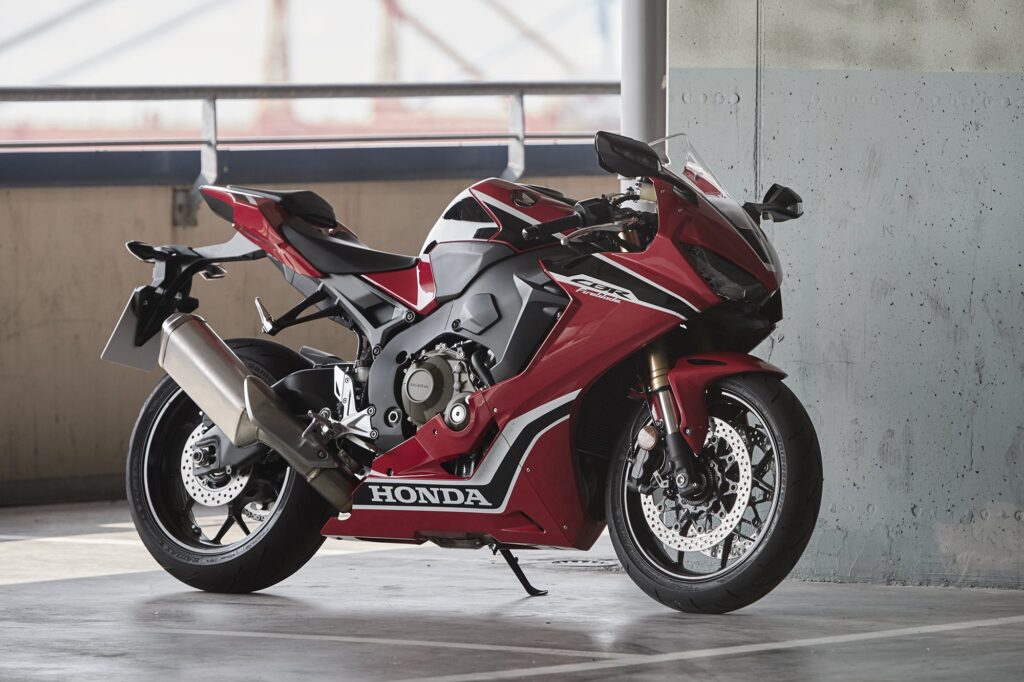
The 2017-2019 Honda CBR1000RR is a continuation of the “Fireblade” line.
Conceptually it’s the same bike as always — a high-performance inline four-cylinder superbike that’s designed for both track and street work. But over the years, the Honda CBR1000RR has become more and more of a track-focused bike.
Even though yes, Honda gave the 2017 CBR1000RR more power (10 horsepower), Honda optimised the CBR1000RR further for high-RPM power, raising the top engine speed from 12250 to 13000 rpm.
Honda also did a few things to make sure it was making good torque at those high engine speeds, including increasing compression ratio from 12.3:1 to 13.0:1, redesigning the intake duct, and adjusting valve lift and timing.
Honda also did a lot of things to strip weight away from the 2017 CBR1000RR, building some engine parts out of magnesium, reducing the weight of the battery by using a lithium-ion unit, and redesigning many elements of the chassis, suspension, and even wheels.
The result is a bike that has a power-weight ratio that’s 25% higher than the outgoing version, and a curb weight of a magical 430 lbs /195 kg — below the 440 lb / 200 kg threshold above which superbikes are considered a little porky.
Honda also gave the 2017 CBR1000RR Fireblade a 5-axis IMU to give it cornering ABS and traction control.
Oh, and peak power is 141 kW / 189 bjp at 13000 rpm, so if you’re ham-fisted, you’ll need those rider aids to keep wheels on the ground!
Manual for the 2017-2019 Honda CBR1000RR
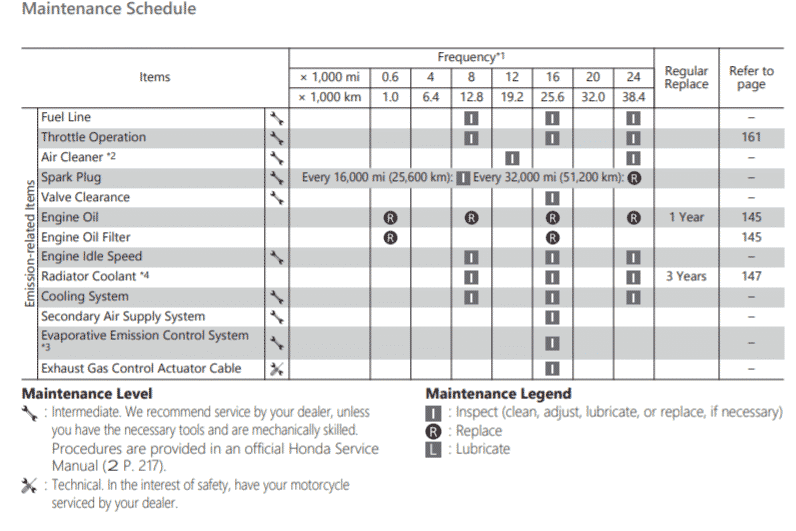
The above maintenance schedule comes directly from the user’s manual for the 2017-2019 Honda CBR1000RR.
You can download it from here.
